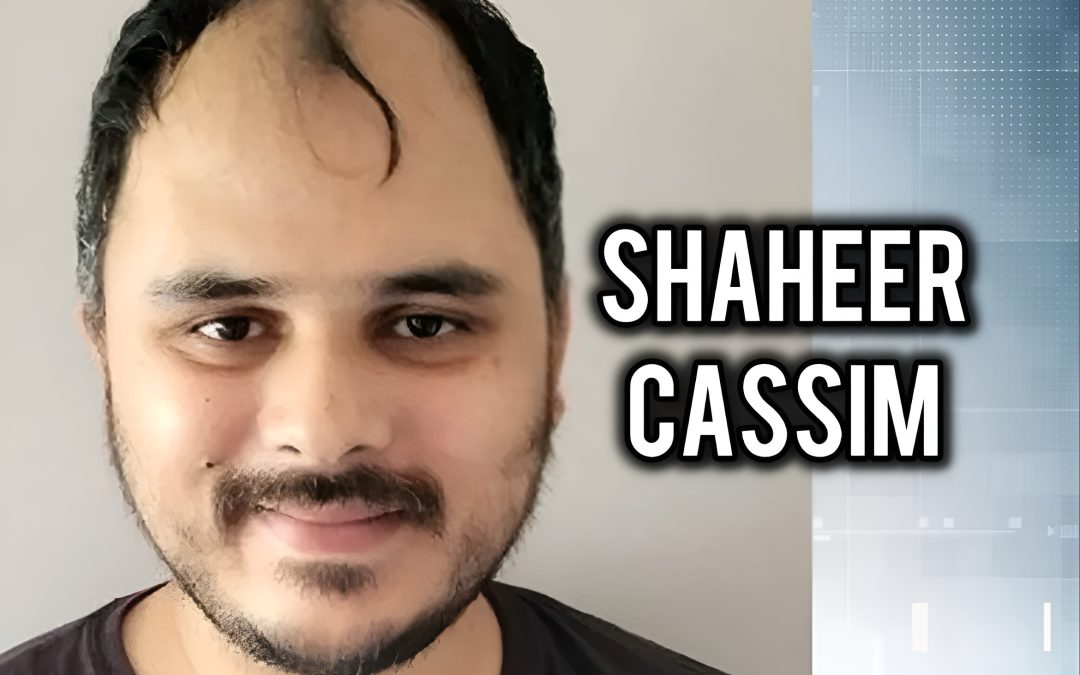On July 15, 2025, a Cessna 172 aircraft, operated by the Victoria Flying Club, was allegedly hijacked from Victoria International Airport and flown to Vancouver International Airport, landing at approximately 1:45 p.m. Pacific Time. The sole occupant, Shaheer Cassim, a 39-year-old former commercial airline pilot born in 1986, was arrested by the Royal Canadian Mounted Police upon landing and charged with hijacking and terrorism offenses under the Criminal Code of Canada. The incident, which disrupted airport operations and required United States military intervention, has intensified scrutiny of Canada’s military capabilities and sparked debate about the nation’s treatment of foreigners, with some arguing that Canada prioritizes noncitizens over its own, shielding them from accountability in a system that often seems to obscure responsibility.
The aircraft departed Victoria International Airport just before 1:00 p.m. and flew directly to Vancouver International Airport, circling at roughly 500 feet for about 25 minutes. Air traffic control recordings indicate that at 1:13 p.m., Cassim declared the aircraft hijacked and announced his intent to fly to Vancouver, suggesting a protest motive. A controller referenced a similar incident from the 1970s, highlighting the event’s rarity. The unauthorized presence triggered a 39-minute ground stop at Vancouver International Airport, diverting nine incoming flights and disrupting operations. Social media footage captured police vehicles surrounding the Cessna on the north runway, with Cassim opening the aircraft door before stopping, enabling his arrest without resistance.
The Royal Canadian Mounted Police, supported by the Lower Mainland Integrated Police Dog Service, the Lower Mainland Integrated Emergency Response Team, and Royal Canadian Mounted Police Air Services, coordinated with Vancouver International Airport’s Emergency Operation Center to manage the crisis. The North American Aerospace Defense Command was alerted, prompting the deployment of United States Air Force F-15 fighter jets, likely from Portland International Airport’s Air National Guard base, as Joint Base Lewis-McChord in Washington no longer hosts such aircraft. Canadian CF-18 Hornets were prepared but not deployed, as the aircraft landed before interception was needed. David Lavallee, a spokesperson for the Canadian division of the North American Aerospace Defense Command, confirmed the military response was stood down once the situation was resolved.
Shaheer Cassim, a Victoria-based former pilot, has a history of climate activism, notably organizing a 2012 cross-country bicycle trek to raise awareness about global warming. While the Royal Canadian Mounted Police have not confirmed a motive, air traffic control communications suggest his actions were protest-driven, consistent with his activist background. The Public Prosecution Service of Canada has classified the hijacking as a terrorist activity, with Cassim’s next court appearance scheduled for July 22, 2025, in Richmond, British Columbia. The investigation is now led by the Royal Canadian Mounted Police Integrated National Security Enforcement Team, reflecting the severity of the charges. Notably, available information strongly suggests Cassim is not Canadian, as media reports would likely have emphasized Canadian citizenship if it applied. Social media discussions, including a Reddit thread, reinforce this, noting that his non-Canadian status aligns with perceptions of Canada’s leniency toward foreigners. Some argue that Canada’s tendency to treat noncitizens more favorably than its own citizens, a pattern rooted in policies that appear to prioritize protection over accountability, may have emboldened such actions, though no direct evidence ties this to Cassim’s case.
While Cassim’s exact birthplace remains unconfirmed in news reports, social media profiles indicate he attended Lenasia Muslim School and Lenasia Secondary School in Lenasia, a suburb of Johannesburg, South Africa, suggesting he spent his early life there, likely born in or around that region. This connection, drawn from his Facebook profile, aligns with speculation that he is not Canadian, further fueling debates about Canada’s handling of foreign individuals. Critics contend that the nation’s approach often shields noncitizens from scrutiny, a sentiment amplified by this incident, though the legal process will determine Cassim’s accountability.
The incident has highlighted Canada’s military shortcomings, with the United States’ rapid deployment of F-15s exposing the Canadian Armed Forces’ delayed response. Canada maintains 76 CF-18 Hornets, with plans to transition to 88 F-35 jets by 2032, but operational limitations have long been criticized. The reliance on United States forces in Canadian airspace has revived the “51st state” narrative, suggesting Canada’s dependence on American military might undermines its sovereignty. The North American Aerospace Defense Command’s binational framework, established in 1958, requires cooperation, but the primary role of United States jets in this incident has intensified perceptions of Canada as militarily deficient, unable to secure its own airspace without external aid.
The Victoria Flying Club, operating roughly 12,000 flights annually, confirmed the aircraft was one of their standard training planes but withheld further details due to the ongoing investigation. The terrorism classification has sparked debate, with some questioning whether Cassim’s apparent solo protest warrants such a label. Public reactions on social media range from concern over aviation security to speculation about his motives, with his Arabic surname noted by some, though no evidence links ethnicity to the incident. For Canadians in Canada, this event underscores vulnerabilities in aviation security and defense, with the reliance on United States intervention and the perception of favoritism toward noncitizens amplifying calls for reform. As Cassim’s legal proceedings continue, further details about his intentions and Canada’s security framework are expected to emerge.


